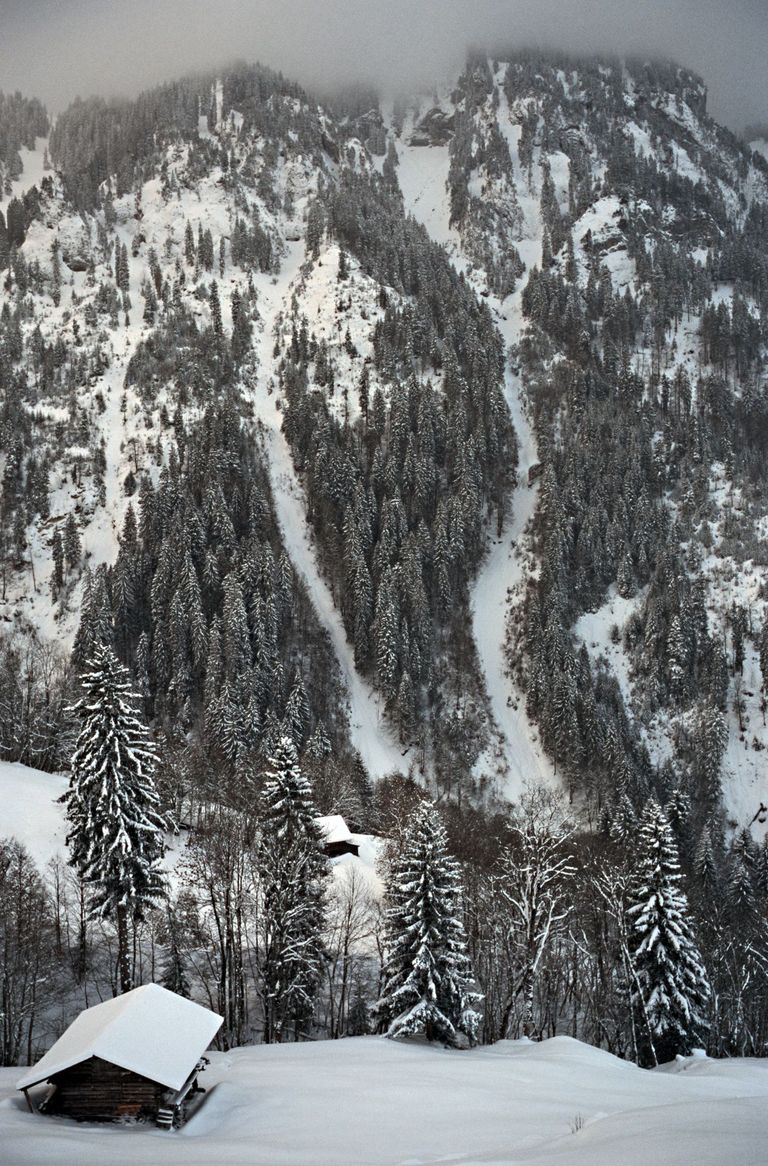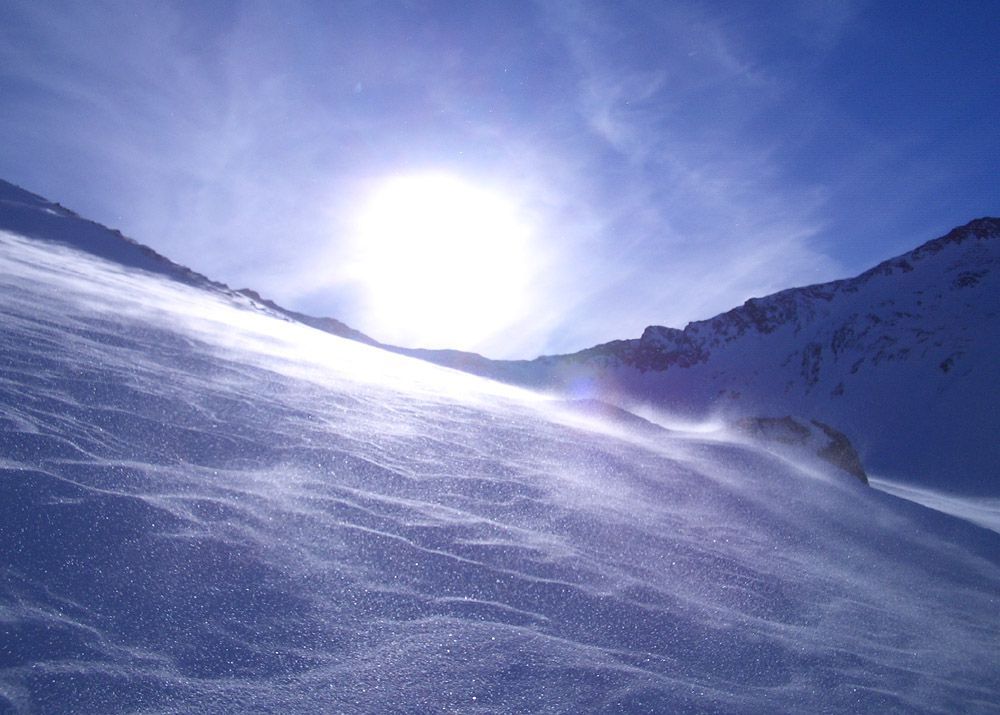Snow

The most important measurement values concerning snow climatology are the total depth of the snow, the depth of the fresh snow, the water equivalent of fresh snow and the water equivalent of the total snow coverage. The depth of the snow and the fresh snow are recorded by monitoring networks established by the WSL Institute for Snow and Avalanche Research (SLF), MeteoSchweiz and private institutions. The snow-water-equivalent is recorded by different networks and institutions in Switzerland. In comparison to the measuring of the depth of snow the snow-water-equivalent is measured in shorter intervals.
The SLF’s monitoring network comprises both automatic and conventional stations. The parameters are manually taken by observers on a daily basis at approximately 100 conventional stations in Switzerland. The majority of the stations is located in altitudes between 1000 and 2000m above sea level.
In contrast to the above said, the 50 manual snow measuring stations of MeteoSchweiz which are spread all over Switzerland also include altitudes beneath 1000m above sea level.
Since 1996 the additional 90 automatic measuring stations of the Intercantonal Measuring and Information System (IMIS) located at altitudes between 2000 and 3000m above sea level represent a welcomed completion to the SLF and MeteoSchweiz stations. They have been established due to a successful collaboration with the Federal Office for the Environment based on an intercantonal agreement.
Parameters relevant for avalanche warnings are identified at the 10 mountain stations within the automatic network ENET and with collaboration of MeteoSchweiz and SLF. On a daily basis the total amount of snow and fresh snow is registered manually at 75% of the 340 stations participating in the precipitation measuring network (NIME). This data is not registered digitally in contrary to conventional and automatic stations. Satellite data is increasingly used in order to determine the total snow coverage – e.g. data is supplied by NOAA AVHRR (University of Berne) and Meteosat Second Generation (MeteoSchweiz).

